The Best Lens Filters for Photographers and Videographers
The Best Lens Filters for Photographers and Videographers
Lens filters
📸 Find out how to take the best picture, control the light, and make your pictures better!
Lens filters are frequently the unsung heroes behind the camera when it comes to achieving the perfect picture or movie frame. Knowing the many kinds of lens filters and when to apply them may make a big difference in your creative work, whether you’re a novice, a hobbyist, or a professional photographer or filmmaker.
Let’s take a deeper look at lens filters and see how these basic tools may have a big effect.
What does a lens filter do?
You place a lens filter on the front of your camera lens. It can be made of glass or resin. It changes the way light enters the lens, which can improve images, create cool effects, and
What do lens filters do?
✅ Decide how much light gets through in bright areas
✅Cut down on glare and reflections from glass and water.
✅Make colours pop more, especially in the sky and on the ground.
✅You can have long exposures or cinematic motion blur.
✅To keep the lens clean, don’t let dust, scratches, or fingerprints get on it.
✅Spend less time editing and processing later
🛠️ Different types of lens filter and how to utilise them
1️⃣ UV FILTER (Ultraviolet Filter)
Main purpose: to protect the lens
It stops UV light from getting through and makes pictures taken outside less blurry.
These days, it’s mostly used to keep costly lenses from having dust, scratches, and smudges on them.
You can’t see this, but it’s like a shield for your lens.
2 CPL FILTER (Circular Polarizer Filter)
Main Use: Cut down on reflections and make contrast better
Takes away glare from items that aren’t metal, like glass, water, and leaves.
The leaves and the sky are both brighter and bluer.
🌍 Photographers it is needed for taking architectural, landscape, and travel photos.
3. ND FILTER (Neutral Density Filter)
Main Use: Change the colour of light without changing it
Like sunglasses for your lens
Lets you take long exposures (such smooth waterfalls and light trails) or have a shallow depth of field in strong light.
🕶️ It works nicely for videos and pictures.
4️⃣ ND FILTER WITH ADJUSTABLE SETTINGS
The basic goal is to change how much light gets in.
To make the darkness stronger or weaker, turn the filter.
It enables filmmakers change the light without changing the shutter speed.
🎬 Good for filming outside when you don’t know how light it will be.
5. FILTER WITH GRADUATED ND
Main Use: Make it look like the sky and the earth have the same amount of light.
The top is black, while the bottom is clear.
Best for taking pictures of landscapes at dawn and dusk
No more skies that seem blown out and gloomy backgrounds!
6️⃣ FILTERS FOR COLOUR AND SPECIAL EFFECTS
Main Use: Fixing colours or making art effects
Filters in red, blue, and orange that make black-and-white pictures stand out
Star filters make bright spots stand out, while soft-focus filters make pictures look like they’re from a dream.
Also good for shooting images in the dark or with infrared light
Let your mind and imagination run wild!
🔄 SIZES AND SHAPES OF FILTERS
There are two primary kinds of filter formats:
🔵 Filters that screw on:
You can attach it straight to the lens thread, which could be 52 mm, 67 mm, or 82 mm.
Small and simple to carry
🟦 Square or rectangular filters:
Used with filter holders like the Cokin or Lee system
A lot of people use it for landscaping work when getting things correctly is quite important.
Before you buy a filter, make sure to check the size of the lens thread!
🧠 Lens filters PICKING THE BEST FILTER BRAND
💎 The Best Brands to Buy:
Hoya
Tiffen
B+W (Schneider)
NiSi
The K&F Idea
PolarPro (for video making)
👉 Don’t skimp on filters; cheap glass can make your picture worse by adding flares, colours, or softness.
🧳 TIPS FOR FILTER ACCESSORIES
Lens filters
📦 To avoid scratches, always have a filter pouch or case with you.
🧼 Use a microfiber cloth to clean often.
If you have more than one lens size, use step-up or step-down rings.
To get the greatest results, use more than one filter at a time (such ND + CPL), but don’t stack them too high or you’ll have vignetting.
Lens filters THOUGHTS AT THE END
If you want to take pictures or videos, lens filters are one of the most useful things you may have. They keep your lens safe and help you make beautiful long-exposure landscapes or movie scenes that you can’t make with just digital editing.
Share this content:
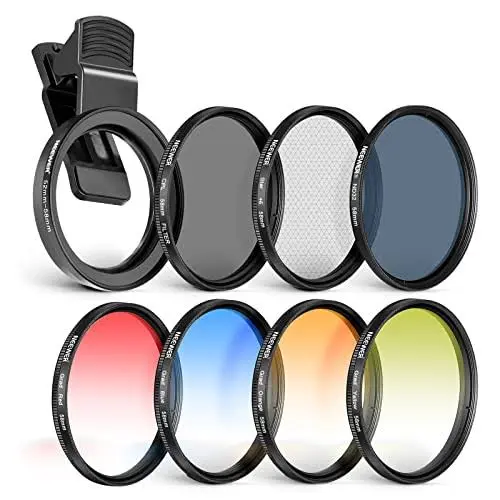
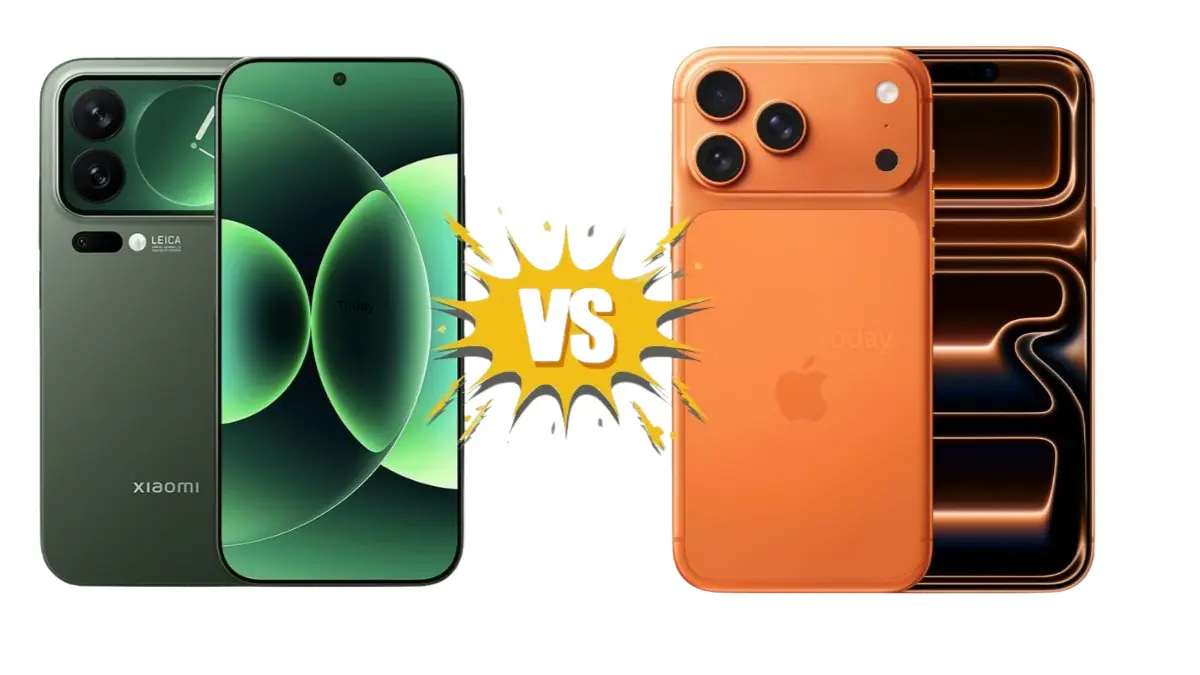

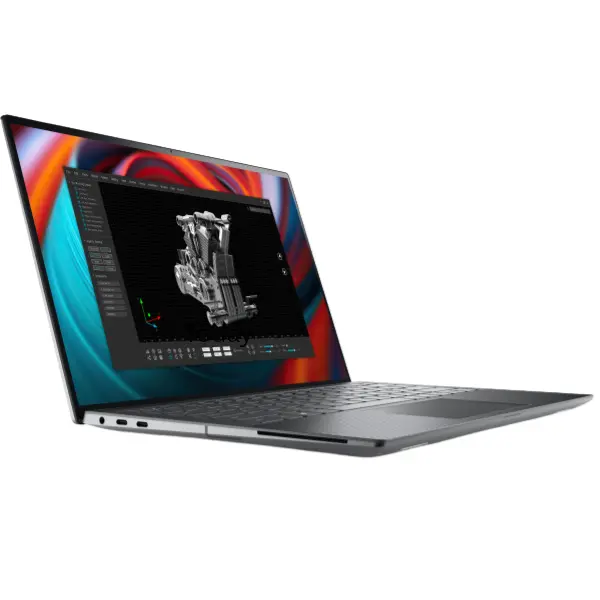
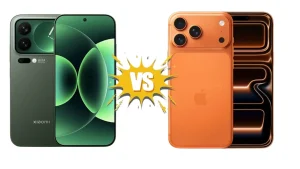

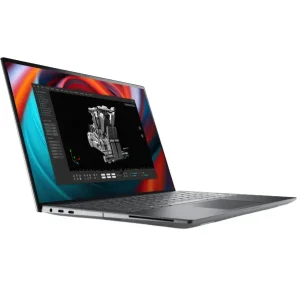
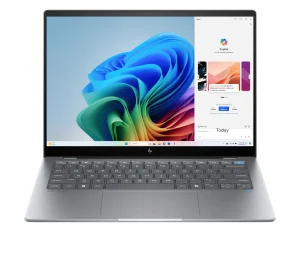
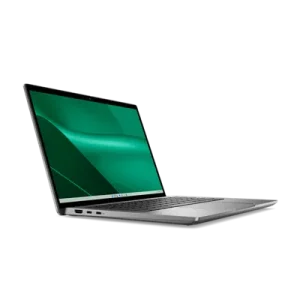
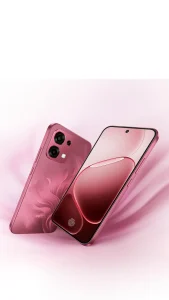

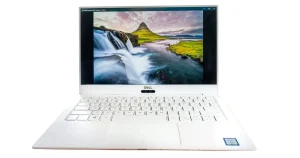
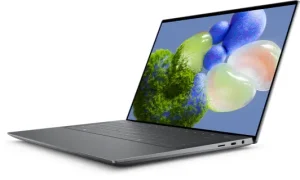

1 comment